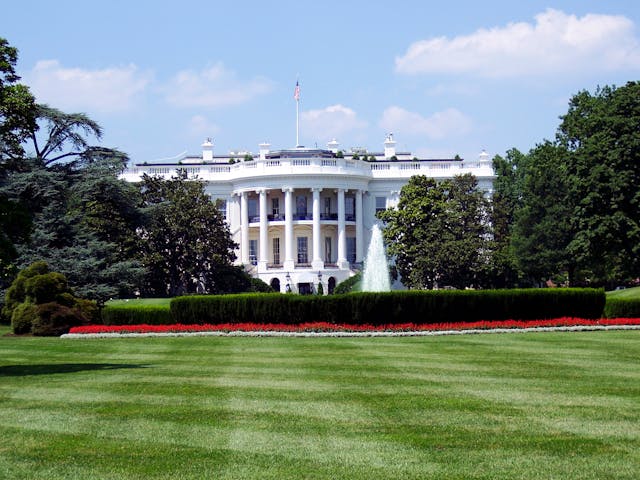Payam Javan: The federal government shutdown reached its 36th day on Tuesday, marking the longest shutdown in U.S. history. The standoff surpassed the previous 35-day record set during former President Donald Trump’s first term, when he clashed with Congress over funding for a border wall along the U.S.–Mexico border. The latest shutdown began on October 1, and efforts to end it have repeatedly failed — with the Senate on Tuesday rejecting a short-term funding bill for the 14th time.
Republicans have continued pressing Democrats to approve a clean continuing resolution that would reopen the government without policy riders, arguing that debates over healthcare and spending priorities could be postponed. Democrats, however, have held firm in demanding an extension of enhanced Affordable Care Act (ACA) subsidies, known as Obamacare subsidies, which are set to expire at year’s end. The deadlock has left hundreds of thousands of federal employees either furloughed or working without pay.
Amid growing frustration, Senate Majority Leader John Thune said Republicans need “five more Democrats” to join the three who have already voted with the GOP to end the shutdown, noting that 60 votes are required under the Senate’s filibuster rules. Former President Trump added pressure from outside Washington, calling on Senate Republicans to “terminate the filibuster now” in a post on Truth Social, urging them to quickly reopen the government and pass the party’s long-sought policy agenda.
The shutdown has had widespread economic and social effects, including a temporary funding shortfall for the Supplemental Nutrition Assistance Program (SNAP). Although Trump initially threatened to withhold funds, the White House later confirmed it would comply with a court order to continue partial funding through November. As negotiations continue behind closed doors, Senate leaders from both parties expressed cautious optimism.









